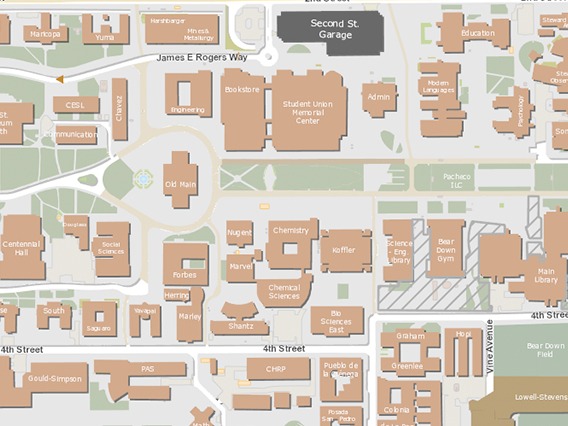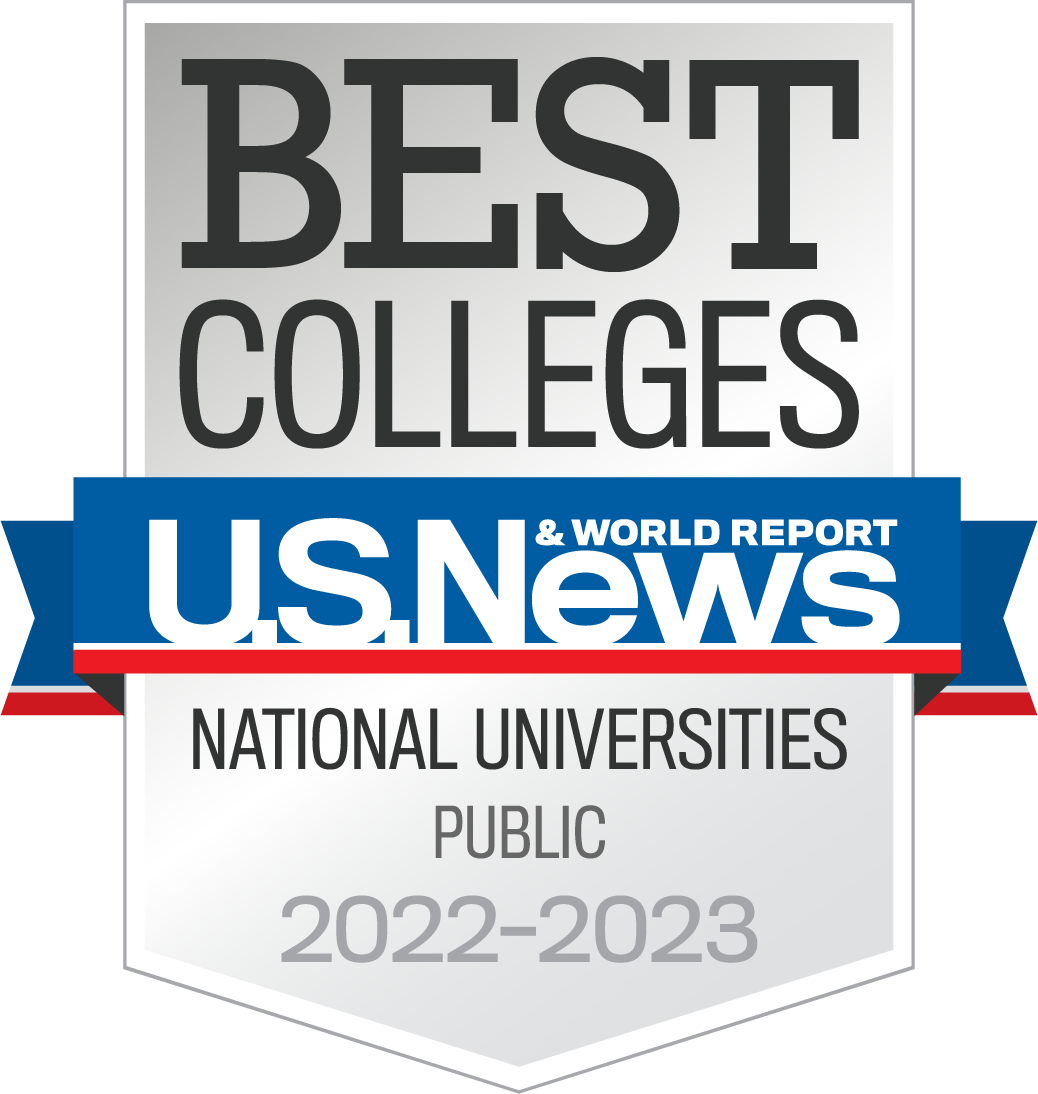
Congratulations, Future Wildcats!
Your admission to Arizona is just the beginning. Secure your spot and explore your next steps.
It's all about perspective.
Use this time to get ahead in your classes, apply for scholarships, or seek out an online internship.

Scholarships and Financial Aid
Pursue your education without financial worry. At Arizona, you’ll find a variety of options from Federal Aid and work-study to incredible scholarships.
Academic Calendar and Deadlines
Plan appropriately. Keep these key dates on hand so you know the important course start and end dates each semester.
Student Engagement and Career Development
Jobs, internships, skill-building and more.
Degree Search
EXPLORE 150+ MAJORS
Decide which degree is right for you.
Search undergraduate majors by name, college, personal characteristics and interests.

Student Life
Discover life at Arizona – join one of the 400+ student clubs, enroll in a class outside your major, or join in on the many campus activities that will help you be your best self.

Campus Map
Each semester means new classrooms. Navigate campus with this interactive map.

UAccess
Online course registration, class schedule – everything you need to register for classes.
